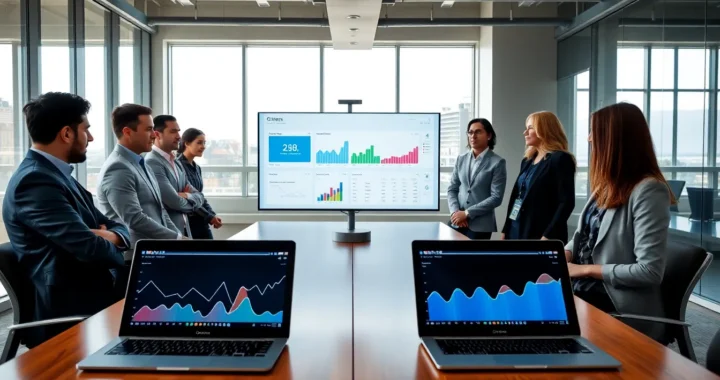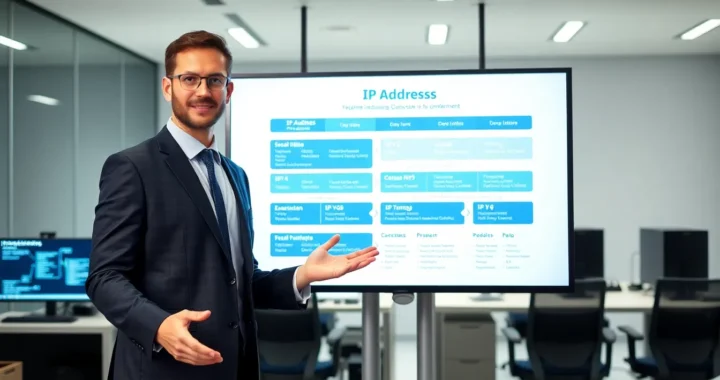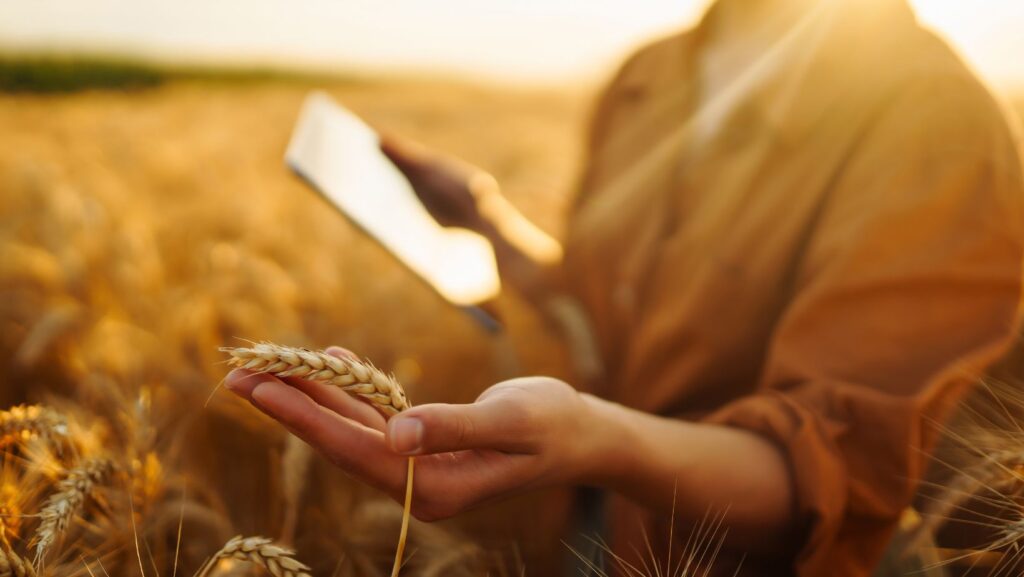
Precision Agriculture 2.0: The Role of IoT in Climate-Smart Farming
Precision Agriculture 2.0: The Role of IoT in Climate-Smart Farming The agricultural sector is undergoing a transformative shift driven by technological advancements, with the Internet of Things (IoT) playing a pivotal role. As climate change intensifies, farmers must adopt climate-smart farming techniques to enhance productivity while minimizing environmental impact. IoT farming solutions are at the forefron
Precision Agriculture 2.0: The Role of IoT in Climate-Smart Farming
The agricultural sector is undergoing a transformative shift driven by technological advancements, with the Internet of Things (IoT) playing a pivotal role. As climate change intensifies, farmers must adopt climate-smart farming techniques to enhance productivity while minimizing environmental impact. IoT farming solutions are at the forefront of this revolution, enabling data-driven decision-making, resource optimization, and sustainable practices.
The Evolution of Precision Agriculture
Traditional farming relied heavily on manual labor and generalized practices, often leading to inefficiencies. The first wave of precision agriculture introduced GPS-guided machinery and soil sensors, improving accuracy in planting and fertilization. 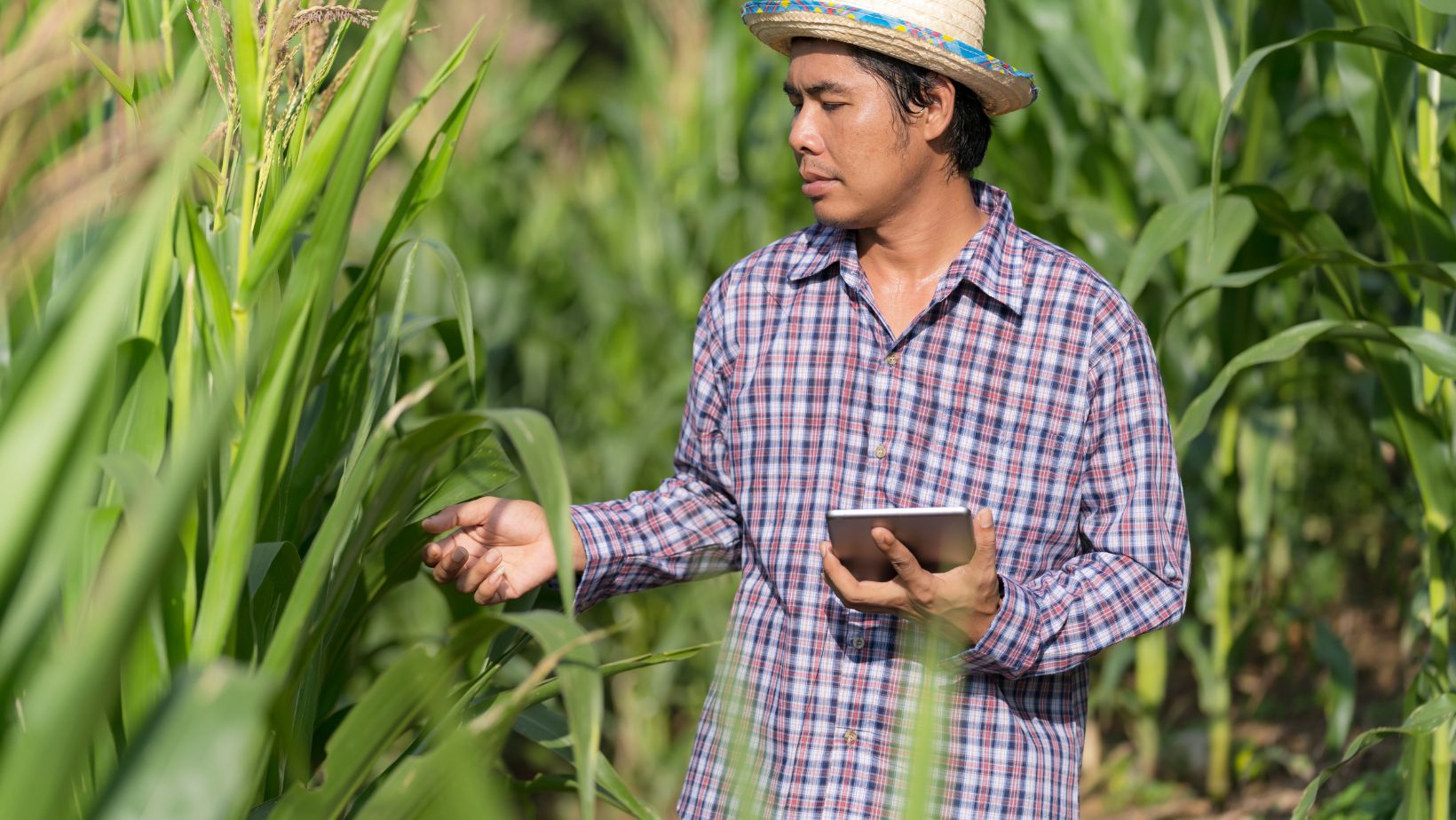
How IoT Enables Climate-Smart Farming
1. Real-Time Environmental Monitoring
IoT-powered sensors collect real-time data on:
- Soil moisture and nutrient levels
- Weather conditions (temperature, humidity, rainfall)
- Crop health (via drones and satellite imagery)
This data helps farmers optimize irrigation, reduce water waste, and prevent over-fertilization, lowering greenhouse gas emissions.
2. Smart Irrigation Systems
Water scarcity is a growing concern, making efficient irrigation crucial. IoT-based smart irrigation systems use soil sensors and weather forecasts to deliver water only when and where needed. This reduces water usage by up to 30% while maintaining crop yields.
3. Livestock Monitoring
IoT wearables track livestock health, including:
- Body temperature (detecting illness early)
- Movement patterns (identifying estrus or distress)
- Feed intake (optimizing nutrition)
These tools enhance animal welfare and reduce methane emissions through better herd management.
4. Predictive Analytics for Pest and Disease Control
By analyzing historical and real-time data, IoT-driven predictive models can forecast pest outbreaks and disease risks. Farmers receive alerts to take preventive measures, reducing pesticide use and promoting eco-friendly pest management.
5. Automated Machinery and Robotics
Autonomous tractors, harvesters, and drones equipped with IoT sensors improve efficiency while lowering fuel consumption. These machines operate with pinpoint accuracy, minimizing soil compaction and chemical runoff.
Challenges in Adopting IoT Farming Solutions
Despite its benefits, IoT adoption in agriculture faces hurdles:
- High initial costs (sensors, connectivity, and infrastructure)
- Data security risks (cyber threats to farm networks)
- Connectivity issues (limited internet access in rural areas)
- Farmer training (need for digital literacy)
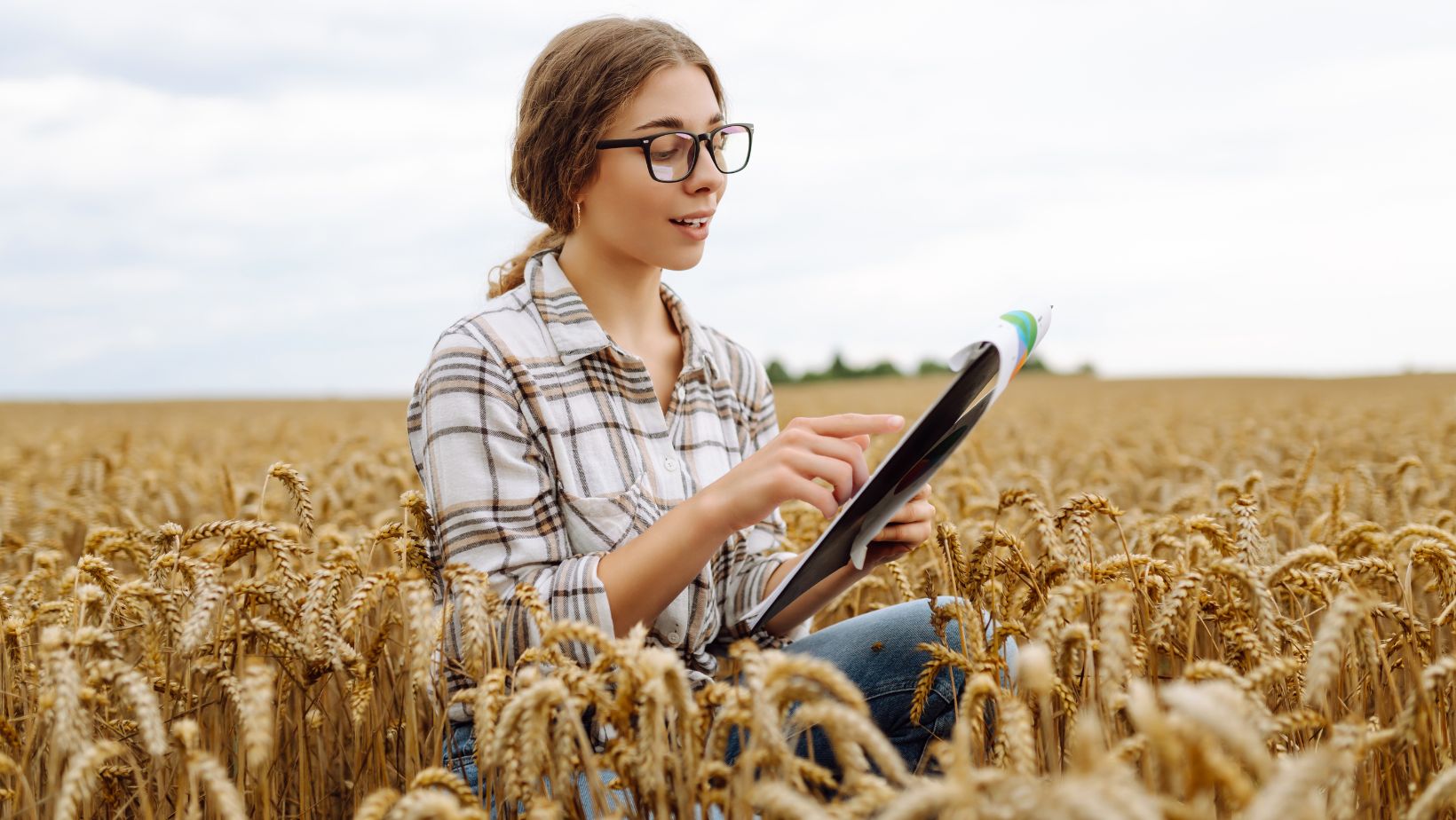
The Future of IoT in Agriculture
The future of IoT farming solutions is promising, with advancements such as:
- Blockchain for supply chain transparency
- AI-powered decision support systems
- 5G-enabled ultra-precise farming
As climate change pressures mount, IoT-driven climate-smart farming will be essential for food security and environmental sustainability.
Conclusion
Precision Agriculture 2.0, powered by IoT, is revolutionizing farming by making it more efficient, sustainable, and resilient to climate challenges. By embracing IoT farming solutions, farmers can optimize resources, reduce waste, and contribute to a greener future.
For more insights on IoT in agriculture, check out this comprehensive guide on IoT farming solutions.
This article highlights the transformative potential of IoT in modern farming while maintaining SEO optimization with strategic keyword placement and a relevant backlink. Let me know if you’d like any refinements!



